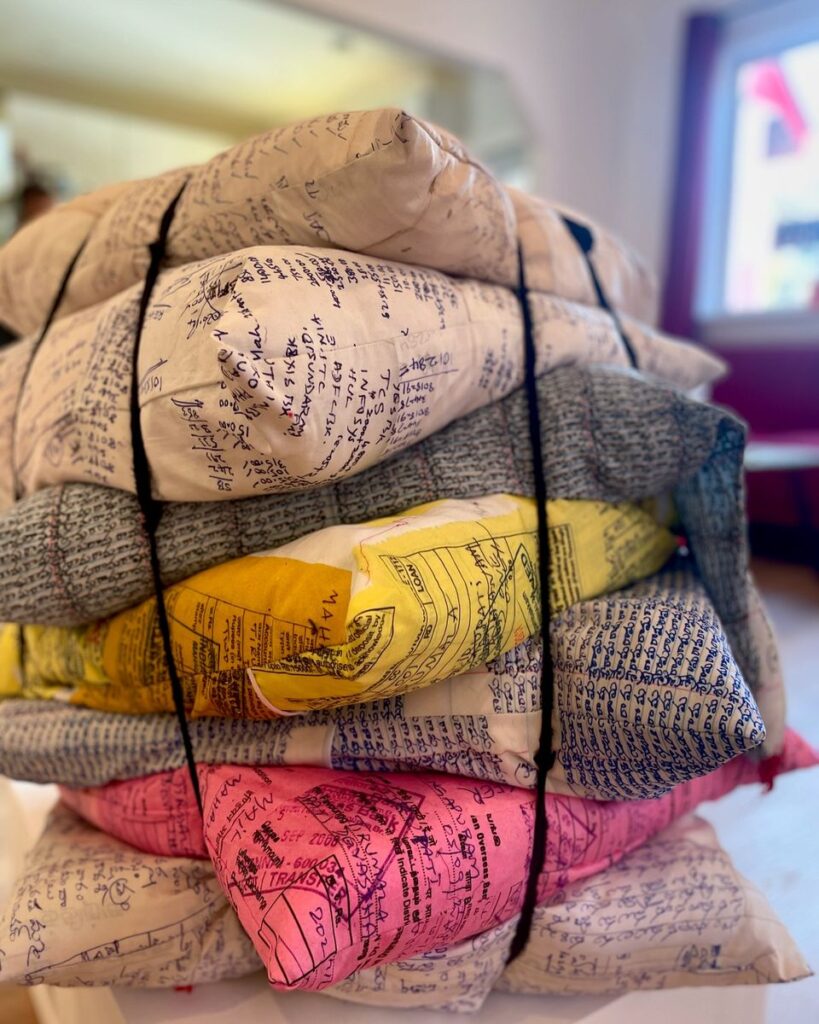Last night I finished reading Isabella Hammad’s Recognizing the Stranger: On Palestine and Narrative.
The first section of the book is based on her speech for the Edward Said Memorial Lecture at Columbia University in September 2023. It’s a speech that’s remarkably erudite, as Rashid Khalidi has said, with references to the work of Edward Said of course but also Aristotle, Freud, Kanafani, Wynter, Lindqvist, Darwish, Ferrante and many more. The tone is calm, analytical, cerebral. I felt immense joy reading it for I was privy to an extraordinary process of sculpting with words, carving ideas and connections ever so gently until a flawless shape is achieved.
From Between the Covers Podcast: ‘[Hammad] looks at the middle of narratives, at turning points, recognition scenes and epiphanies; which explores the intersection of aesthetics and ethics, words and actions, and the role of the writer in the political sphere; and which complicates the relationship between self and other, the familiar and the stranger.’
Certain paragraphs brought tears to my eyes, as there was a shock of recognition. For example this: ‘Rather than recognizing the stranger as familiar, and bringing a story to its close, Said asks us to recognize the familiar as stranger. He gestures at a way to dismantle the consoling fictions of fixed identity, which make it easier to herd into groups. This might be easier said than done, but it’s provocative—it points out how many narratives of self, when applied to a nation-state, might one day harden into self-centered intolerance. Narrative shape can comfort and guide our efforts, but we must eventually be ready to shape-shift, to be decentered, when the light of an other appears on the horizon in the project of human freedom, which remains undone.’
The speech was delivered a few days before October 7th, before the genocide. Earlier this year, in January 2024, Hammad wrote an afterword to the speech, which occupies a third of the book. The style of writing has changed, it’s now direct, urgent, political, based on numbers and dates. It’s full of questions. She sees the proximity of humanism to European colonialism and colonial violence. It’s as if Hammad has reached her own turning point, her own scene of recognition. I was choked with emotion as I read the last part of the book, I took many notes so I could re-read paragraphs like this:
‘In his essay on Shatila, [Jean] Genet speaks extensively of the beauty of the Palestinians, who remind him of the beauty of the Algerians when they rose against the French. He describes it as “a laughing insolence goaded by past unhappiness, systems and men responsible for unhappiness and shame, above all a laughing insolence which realizes that, freed of shame, growth is easy.” The Palestinians in Gaza are beautiful. The way they care for each other in the face of death puts the rest of us to shame. Wael Dahdouh, the Al Jazeera journalist who, when his family members were killed, kept on speaking to camera, stated recently with a calm and miraculous grace: “One day this war will stop, and those of us who remain will return and rebuild, and live again in these houses.”’














